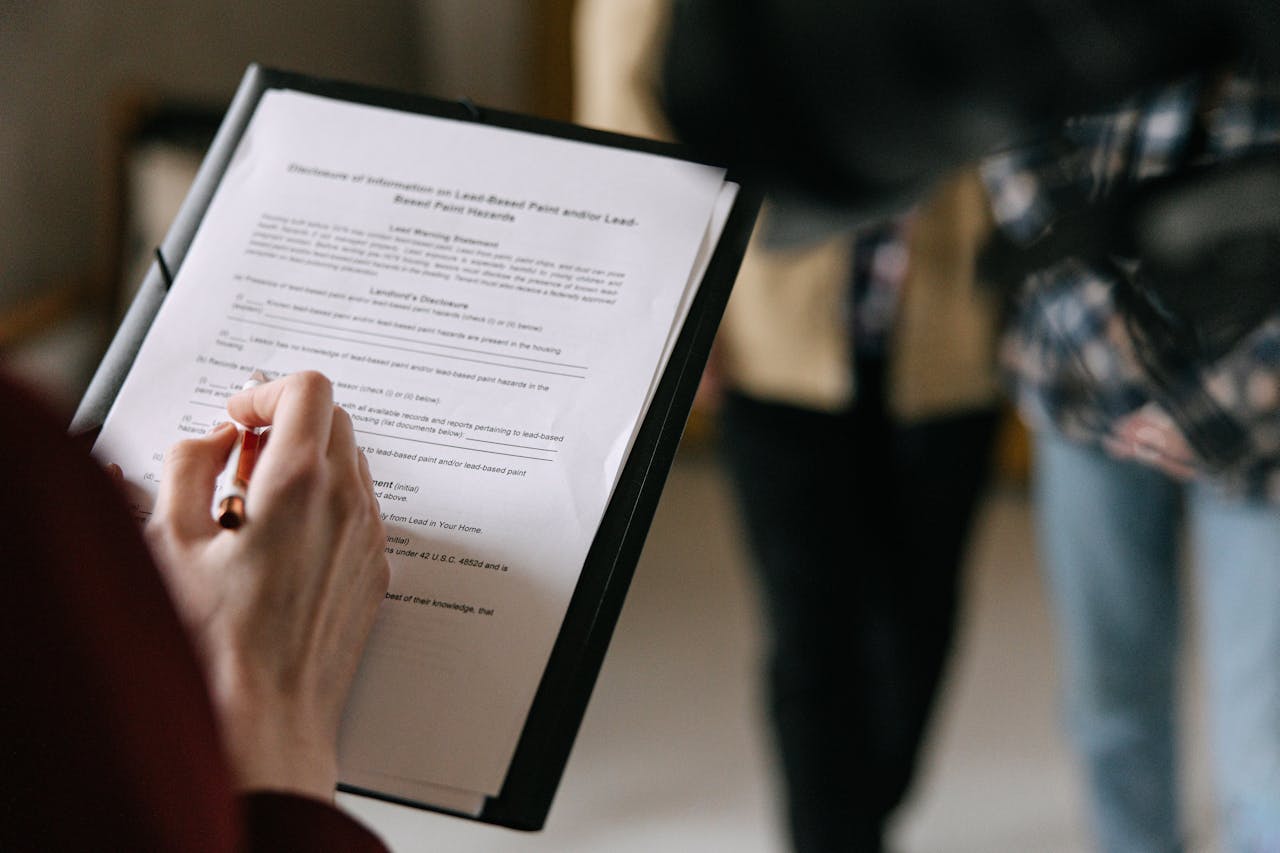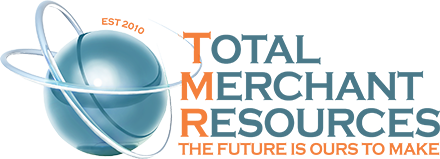
Deciding whether to lease or buy the equipment our business needs can significantly impact our financial health and operational flexibility. As we maneuver through the dynamic business landscape of 2024, understanding the benefits of leasing over buying is more crucial than ever. Many business owners are turning towards leasing as a viable option to conserve cash, maintain technological advancements, and adapt quickly to market demands.
In this context, leasing not only offers an opportunity to avoid large upfront costs but also provides the flexibility to upgrade equipment frequently, which is essential in industries where technology evolves rapidly. The decision to lease can result in better cash flow management and can allow us to invest our resources into other areas of growth within the business. Furthermore, leasing equipment often comes with additional benefits, such as tax deductions and lower maintenance costs, which we will explore to understand how it could be the right move for many businesses. By examining these leasing advantages, businesses can make more informed decisions that align with their long-term strategies and operational needs.
Key Benefits of Leasing Equipment for Your Business
Leasing equipment offers a multitude of benefits tailored to meet the evolving needs of businesses. One of the most substantial advantages is the ability to manage cash flow more effectively. Unlike purchasing, which often requires a significant upfront investment, leasing spreads out the cost over time, creating less financial strain and enhancing our budgeting capabilities. This means we can preserve capital for other critical areas of our business, such as expansion, marketing, or R&D.
Another vital benefit is the access to the latest technology. In industries where technology quickly becomes outdated, leasing equipment allows businesses to stay competitive by upgrading to the newest models at the end of a lease term. This not only keeps us ahead with the latest advancements but also avoids the depreciation costs associated with owning equipment. Additionally, leases often include maintenance plans, reducing the time and money we spend on upkeep and repairs, ensuring our operations run smoothly without unexpected disruptions.
Financial Flexibility: Leasing vs. Buying
When comparing leasing to buying, financial flexibility stands out as a significant consideration. Leasing provides us with the opportunity to respond to business needs without the full commitment of purchasing. For startups and small businesses, this means less risk as they’re not locked into long-term financial commitments if the equipment fails to meet their needs or becomes obsolete.
This flexibility also applies to fiscal opportunities; many businesses find that leasing offers tax benefits. Lease payments can often be deducted as business expenses on tax returns, which can decrease the net cost of leasing. Furthermore, it helps in better financial forecasting and planning. Knowing the fixed lease expenses allows for more accurate budget forecasts and financial statements. Ultimately, leasing can contribute significantly to maintaining a healthier balance sheet and greater corporate liquidity than outright purchasing might allow.
How Leasing Can Enhance Business Agility
Leasing equipment significantly enhances our business agility, allowing us to adapt more efficiently and effectively to market changes and opportunities. With leasing, we’re not tied down by the equipment we no longer need. If a project requires new, specific technology, leasing gives us the flexibility to obtain just what’s necessary for the duration it’s needed without the long-term burdens of ownership. This approach keeps operations lean and enables us to pivot quickly in response to industry innovations or changing customer demands.
Moreover, the agility afforded by leasing helps maintain a competitive edge. We can test out newer equipment models before committing to them, ensuring that whatever tools we invest in are the best fit for enhancing our services and operational efficiency. This sort of operational nimbleness is crucial in industries driven by fast-paced technological advancements, where being stuck with outdated equipment could hinder our growth and responsiveness to market trends.
Steps to Secure the Best Equipment Lease Agreement
Securing the best equipment lease agreement necessitates careful planning and consideration. Initially, it’s essential to clearly understand what our business needs from the equipment and the lease term that best aligns with these needs. We then need to research and compare different leasing companies, focusing on those that have the best reputation for working with businesses in our industry. This can ensure that the terms and the equipment offered are aligned with what’s best for our specific operational requirements.
Once we’ve identified potential leasing partners, negotiating the terms of our lease agreement is next. Key aspects of negotiating include the lease duration, monthly payments, maintenance agreements, and end-of-lease options. It’s also wise to discuss what happens in the case of early termination or if the equipment fails. Finalizing a lease agreement with clear, mutually agreed-upon terms will protect our interests and help avoid any unforeseen liabilities.
Conclusion
Remember that leasing can be a strategic tool for managing cash flow, keeping technology up-to-date, and maintaining business flexibility. At Total Merchant Resources, our knowledgeable team is here to guide you through the leasing process, ensuring you make decisions that best suit your business goals. Contact us today to find out how we can help you leverage equipment leasing and merchant lending to propel your business forward.



